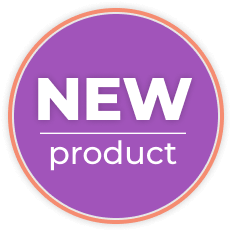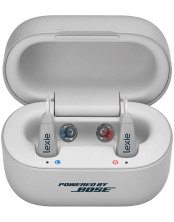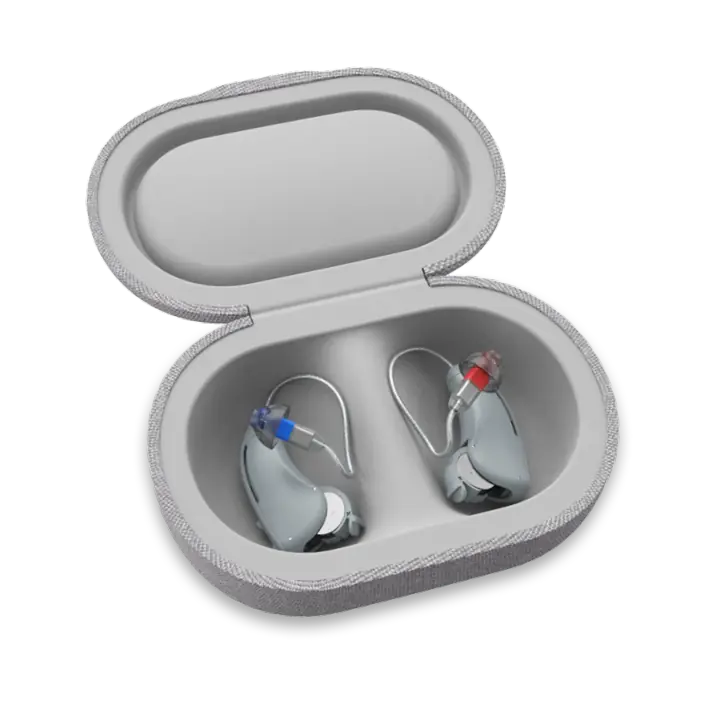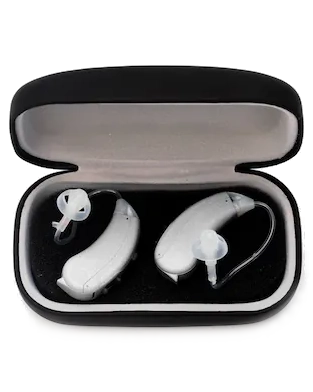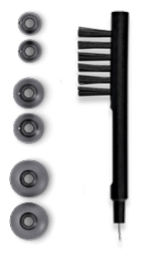How to Protect Your Hearing Aids | Nano Coatings and IP Ratings
Published: July 13, 2020
Updated: March 10, 2021
What are Nano Coatings and IP Ratings for Hearing Aids?
As a hearing aid user you need to take care of their hearing aids. The proper use and care of your devices can help to protect them from any damage and will help you to prolong their life. Nano-coatings and IP ratings go a long way in helping to protect hearing aids. But what are they?
Nano protective coating
Nano coating is a thin, protective, polymer layer that coats the device to protect it against chemicals and substances such as water, oil, dirt, etc. Nano-coating is safe to use. and does not contain harmful chemicals. It is used on various pieces of equipment and devices, including hearing aids. Nano-coating protects hearing aids against moisture, dirt, dust, and water, prolonging their life.
How does nano-coating protect hearing aids?
Nano-coating, although it feels smooth, has tiny holes in it. In these tiny holes, dirt, oil, water, and other moisture collects and is unable to bond to the nano-coating surface, which causes these substances to slip off the nano-coating. The coating prevents moisture, dirt, and other substances. from going further into the hearing aid and causing damage. Some hearing aid manufacturers nano-coat the entire hearing aid whilst others only cover specific parts of the hearing aid with nano-coating.
What is IP rating?
Ingress Protection rating (IP rating) is the degree of protection a device or piece of equipment has against certain elements. IP rating is initially used to test equipment in extreme conditions, to protect the people working with the equipment. With regards to hearings aids, IP ratings show the amount of protection the hearing aid has against different elements such as water, other moisture types, dust, and additional particles that could damage the hearing aid.
How does the IP rating work?
The first number that is shown after ‘IP’ is for solid elements. It shows the amount of protection the hearing aid has against solid matter such as dust. The second number shows the amount of protection the hearing aid has against water.
If the hearing aid was to be exposed to the same conditions that were present when it was tested, then the hearing aid should still work optimally. A manufacturer will send the hearing aid to a lab to test for a specific rating of interest, for example, IP 57. The lab will carry out tests that will expose the hearing aid to certain conditions and provide a report on how the hearing aid performed under those specific test conditions.
For example:
- IP 68 rating means that after the hearing aid was exposed to dust and water, the hearing aid had no dust in it over 2- 8 hours and still worked well when it was immersed in water.
- If the hearing aid user accidentally drops the hearing aid into a bowl of clean water, walks in the rain, or steps into the shower with the hearing aid on, then the functionality of the hearing aid should not be affected once the hearing aid is properly dried.
As a hearing aid user you should know the IP rating of your hearing aids. If you live in an area with high humidity, sweat a lot, or work in a dusty environment, knowing the IP rating would give users an idea of how much protection their hearing aid has against dust and water. Hearing aid users should keep in mind that the IP rating does not guarantee long term working reliability of the hearing aid. It is important to remember that the IP ratings show the amount of protection the hearing aid has to conditions similar to the test conditions, that will determine a specific IP rating. Various other factors could influence the performance of hearing aids.
What can you do to protect your hearing aid?
- If your hearing aid falls in the water, quickly pick it up and remove the battery from the hearing aid. Wipe it with a dry cloth. Place it in your drying aid kit or leave it to dry out with the battery door opened.
- Moisture affects about 98% of all hearing aids. Hearing aids are in direct contact with the skin. Skin produces sweat. Moisture, to some degree, can pass through moisture protectors in the hearing aid. It is essential to keep your hearing aid in the dry aid kit when you are not using it. Remove the battery and leave the battery door open and place it in your drying aid kit. The drying aid kit helps to absorb the moisture in the hearing aid.
- Wiping the wax filter with a soft dry cloth. This will help remove the wax build-up in the filter and allow for sound to travel through easily. You can also change the filter. Some hearing aids allow the hearing aid users to replace the wax filter. It is simple and easy to do. Your audiologist will guide you through that process.
- Never shower, swim, or walk for a long time in the rain. Note that there are no waterproof hearing aids that can stay in water indefinitely. Certain hearing aids stay in water at a depth of 3 meters or less for a certain period.
- Try not to drop your hearing aid frequently. This can damage the hearing aid.
- When removing your hearing aid, ensure that you are seated on a soft surface such as on a couch or bed. Should the hearing aid slip from your hands, it would fall onto a soft surface from a shorter distance.
- Avoid heat. Do not leave your hearing aid in direct sunlight, near heaters, and never put them in microwaves or ovens to dry out.
- Avoid applying cosmetics with your hearing aid on, as the chemicals in cosmetics, moisturizers, hair products, and perfumes can damage your hearing aid. Remove your hearing aid before applying such products and then put your hearing aid on.
If you want to prolong your hearing aid life, you should ensure that your hearing aid is protected and that you handle your hearing aid with care. Having to frequently replace or repair your hearing aids due to negligence will be expensive. So, do what you can to protect your hearing aids, it will be worth your while.
